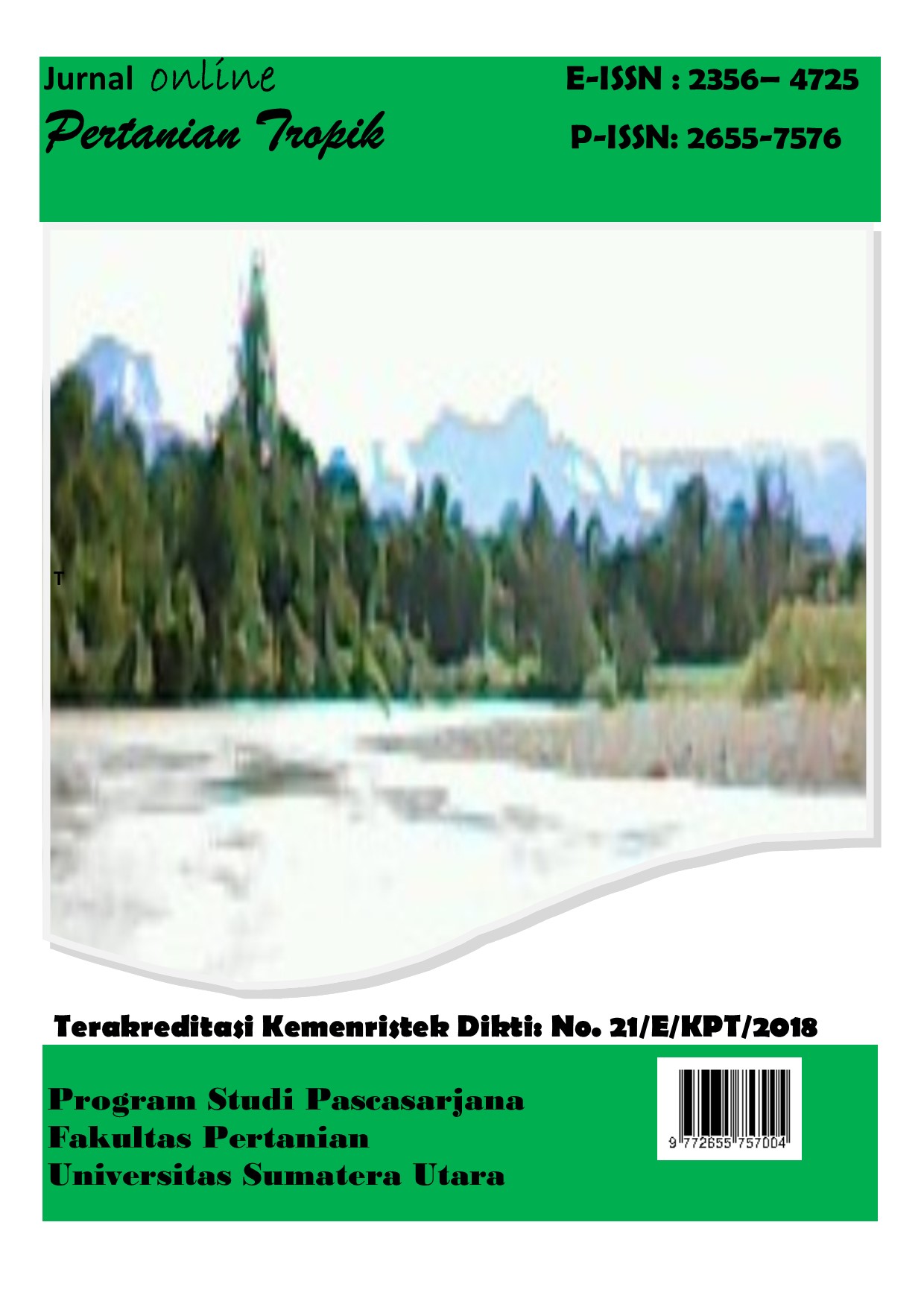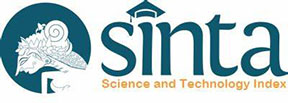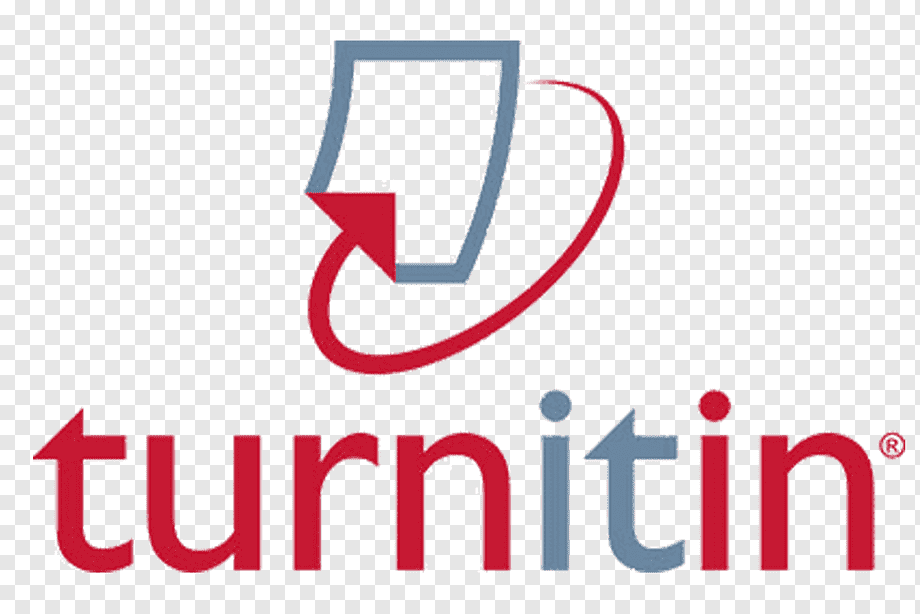PERTUMBUHAN DAN HASIL TIGA VARIETAS CABAI MERAH (Capsicum annuum L.) DENGAN APLIKASI KALIUM SULFAT
DOI:
https://doi.org/10.32734/jopt.v3i3.2984Keywords:
potassium, K2SO4, varieties, Capcicum annumAbstract
This research was conducted in the experimental field of Agricultural Faculty of North Sumatra Muhammadiyah University with a height of ± 27 meters dpl, held in july - nov 2012. This study aims to determine the best dose frequency of k2so4 on growth and the result of red chili varieties. This research was conducted using the split plot design with two factors; the varieties factor as the main plot with 3 kinds of varieties, named, V1 = TM 999, V2 = Lado, V3 = Landung; and the dose and frequency factors of k2so4 as subplot with 10 stages of treatment which is: K0 = 0, dose = 1.5 g / liter frequency 6 x (K1), 9 x (K2) and 12 x (K3), dose = 3 grams / liter frequency 6 x (K4), 9 x (K5) and 12 x (K6), dose = 4.5 g / liter frequency 6 x (K7), 9 x (K8) and 12 x (K9). The fertilizing was cunducted in the morning at 06.30 am - 08.30 am. The measured variables are plant height, numbers of chlorophyll, age of flower, numbers of flower, the percentage of deciduous fruit, weight of fruit/plot. Varieties show significant differences in plant height, numbers of chlorophyll leaf, age of flower, numbers of flower, the percentage of deciduous fruit, numbers of fruit, weight of fruit, weight of fruit per plot, moisture content and storability. Dose and frequency treatment of potassium sulfate is significantly different from controls. The best dose and frequency of this research is K9 which is 4.5 g/liter k2so4 with 12 time frequency during the growing season in TM 999 and Landung while the varieties of Lado are at dose of 3 g/liter of water with 12 times in giving (K5).






















